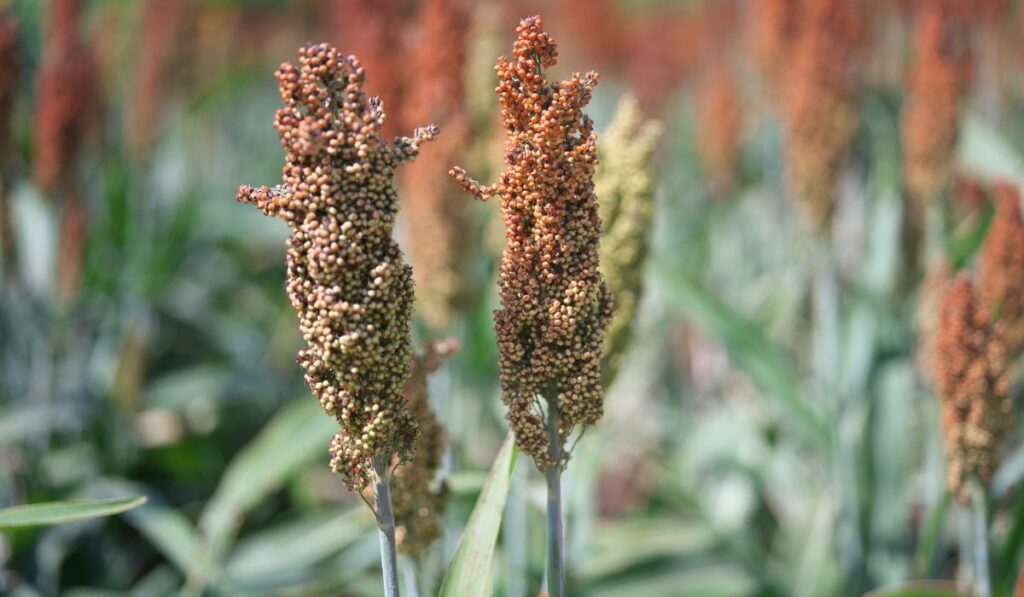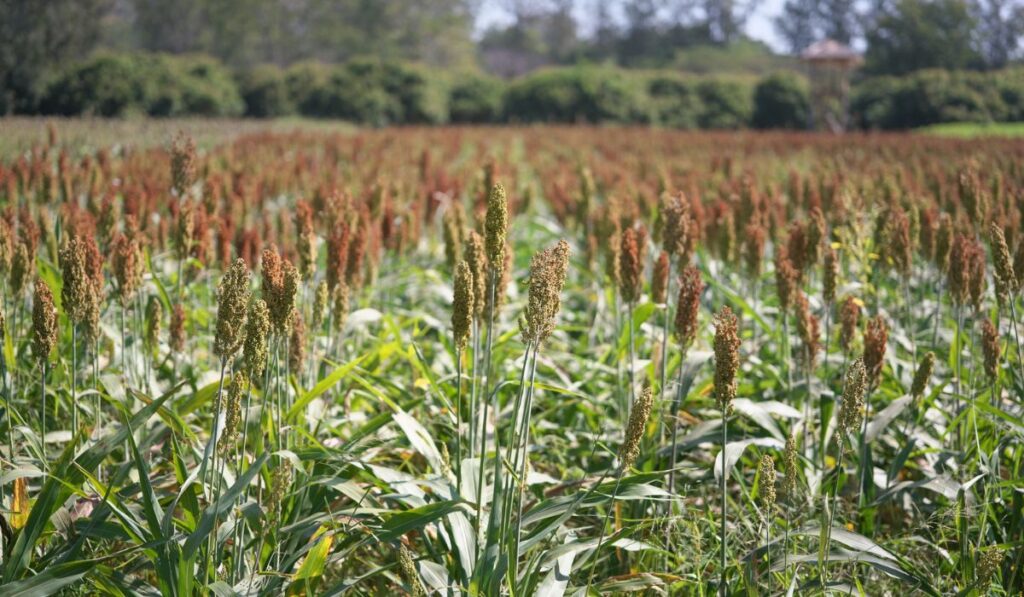Growing Japanese millet is a relatively easy task. However, mastering the best planting and sprouting times is critical if you want to get it right. Here is what you need to know before plunging yourself into growing this hardy cereal.
The best time to plant Japanese millet is between late spring and mid-summer, although your area’s climate will largely determine the specific time. In warmer temperatures, year-round planting is an option, but in colder regions, you should wait until spring or early summer.
If you’re new to gardening, Japanese millet is a great place to start. This article will guide you on the best time to plant it, among other tips, to make your Japanese millet farming hassle-free.
When to Plant Japanese Millet

Japanese millet (on Amazon) is a cool-season crop that typically yields best when planted in the spring. However, it can also be grown during other times of the year if the climate is warm.
This plant produces smaller yields in the late summer or early fall but can still be harvested before winter sets in. However, planting in spring is usually better as this gives it more time to mature before winter arrives.
Fall planting should only be done if you live somewhere where winter temperatures do not drop below freezing. Therefore, if you live in an area where the temperatures get cold at night but are warm during the day, this would be an excellent time to plant your seeds.
On the other hand, early fall planting allows the plant to mature before winter, while late summer planting allows the plant to grow before spring. This is ideal if you plan on using it as green manure or a cover crop instead of being harvested for grain.
Additionally, planting in the spring or summer is best because the seeds require warm weather of about 50-60 degrees F to germinate.
So, if you live in an area with frosty winters and want to plant Japanese millet after your last expected frost date, ensure it gets plenty of water during the early stages so its roots can grow deep enough for protection from freezing temperatures above ground.
Can Japanese Millet Be Planted in Water?
Yes, Japanese millet can do well in wet or flooded soils, although it does best in sunny locations with well-drained soil. It requires minimal care and can tolerate poor soil conditions such as floods. This means its seed production is not affected and can produce seeds within a few months after planting.
If you want to plant Japanese millet in a container or garden bed, you should ensure it gets plenty of sunlight and well-drained soil. It does best in USDA Hardiness Zones 4 through 8, which means that even if your area doesn’t get frosty winters, there could still be some cold nights where seed germination occurs.
Despite being one of the most popular cover crops for organic vegetable gardens, this grain can thrive on its own as long as it gets enough sunlight each day for at least 6 hours. It also needs enough room between rows so they aren’t too crowded when they grow taller than four feet tall at maturity time.
How Long Does it Take for Japanese Millet to Sprout?
The time required for sprouting depends on the variety of seeds you have chosen. Some seeds can take up to 3 days before sprouting, while others may take up to 7 days before they start sprouting.
The sprouting also depends on other factors, including how old and dry the seed was when you purchased it and how much water you use when you soak it before planting. However, if you follow these guidelines, you’ll get good results with almost any type of Japanese millet.
After sprouting, your plants will be ready to replant outside when the shoots are about 1-2 inches tall. Just make sure you get them in the ground as quickly as possible because they grow very quickly when it is warm.
Is Japanese Millet Easy to Grow?

Ye, this type of millet is an easy-to-grow crop that requires little maintenance. It’s incredibly hardy, so you can plant it in your garden without worrying about pests, diseases, or drought. It also doesn’t need much heat to grow well.
Additionally, Japanese millet is a fast-growing crop, so you can have quick results. It’s also relatively easy to cultivate and grows well in small spaces like containers or raised beds. This makes it an excellent choice for beginners who don’t have much gardening experience yet but want to get started on the right foot.
